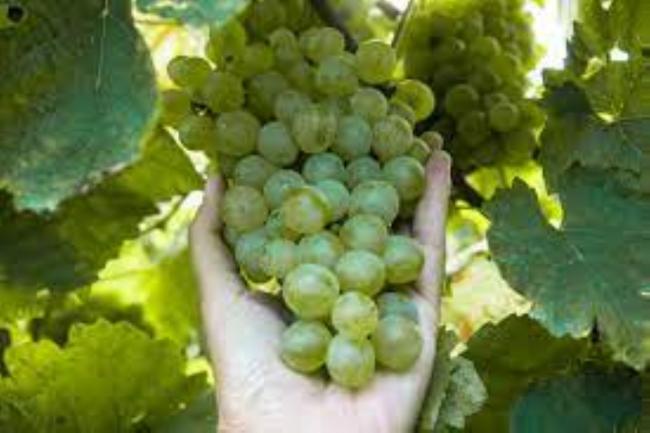Integrated use of ozonized water for a sustainable vine protection

In the cultivation of vines we want to reduce the use of pesticides, in compliance with the directive 2009/128 / EC. The project aims to replace synthetic products with the use of ozonated water, to exploit the broad spectrum ozone germicidal activity without leaving residues. The ability to evaporate quickly is perhaps the reason for the short duration. The protective effect of ozone and chitosan (admitted in organic viticulture) will be studied for a direct action against fungi by means of equipment (prototype), to also constitute a physical barrier against their recolonization The results will be evaluated against two vine pathogens, namely B. cinerea and P. viticola.
Before the field activities, the vineyards identified by LP, of which all the PPs will participate, will be checked to evaluate the parcels insured for the treatments. in time, any corrective strategies to be applied. The DAFNAE shares the results and news during the meetings with the PPs. After the first year, following the first results of the vineyard and cellar activity in the other, it will be possible to start with the dissemination activities. Towards the end of the second year there will be a specific event to disseminate the results open to the public.
The expected result of the present project is to achieve a sustainable way to protect grapevine against pathogenic fungi such as Botrytis cinerea and Plasmopara viticola. This result could be obtained combining treatment of ozonized water with that of chitosan, using a spraying machine specifically modified for this purpose. Ozone is believed to have broad-spectrum germicidal properties and at the same time evaporates rapidly without leaving residues. This latter aspect can be responsible for the short-term protective effect of this kind of treatment. The subsequent application of chitosan, which, in addition to its ability to induce resistance in plants, shows also filming properties able to retard physically the recolonization of fungi, is proposed here as a way to extend the protective effect of ozonized water.
The final result will be a reduction of the total use of pesticides in viticulture.
The companies already involved in the cooperative and in the consortia partner of this project will be the first to take advantage of this innovation, but the possibility to rent the spraying machine and the relative low cost of chitosan will make this technology easily accessible to all the other companies operating in the same sector.
The results of the first year (weekly application of ozonized water and chitosan performed in June and July 2019 on two different vineyards, one of Glera and one of Pinot gris) showed that ozonized water alone, at least in the conditions used in this experiment, is not able to protect leaves and clusters from Plasmopara viticola. This is probably due to the high instability and consequent short-term activity of ozone. In fact, the analysis of microorganism population on the surface of grapes after the treatments revealed only a small reduction of bacteria (when compared with control samples), and this effect was lost 24h after the ozone application. In addition, no effects on yeasts or moulds were noticed.
The combination of ozonized water with chitosan showed a protection ranging from 50 to 80% depending on the attack severity. This effect was comparable to that obtained with chitosan alone, confirming on one hand the ability of this natural polymer to partially protect the plants against the pathogens, and on the other hand the inefficacy of ozonized water.
The level of protection obtained with chitosan alone was considered not high enough to be a solution economically acceptable by producers, for this reason further experiments will be necessary to improve at least the application of the ozonized water.
| Titolo/Descrizione | Url | Tipologia |
|---|---|---|
|
Sito web del progetto
|
Sito web
|
|
|
I Risultati del progetto
|
Materiali utili
|
|
|
Pagina web sul sito del partner
|
Link ad altri siti che ospitano informazioni del progetto
|
|
|
Articolo su Treviso to Day
|
Materiali utili
|
|
|
Article - Enolo - Ozoned water in the vineyard in the name of sustainability!
|
Materiali utili
|
|
|
Article - Prosecco - OZOPLUSGRAPE, a project for healthier grapes
|
Materiali utili
|